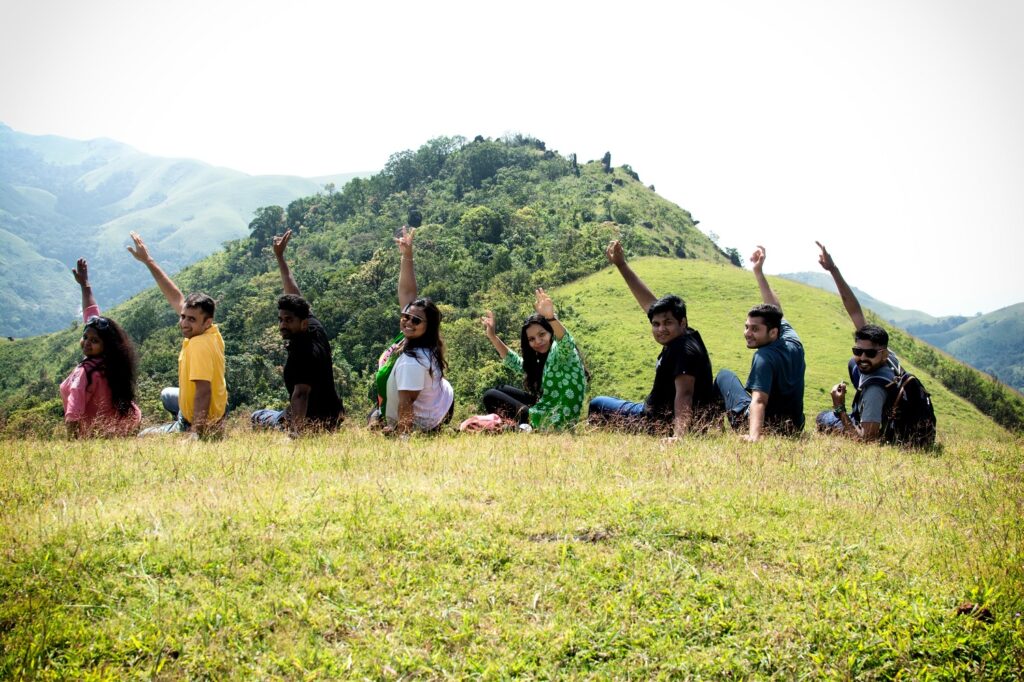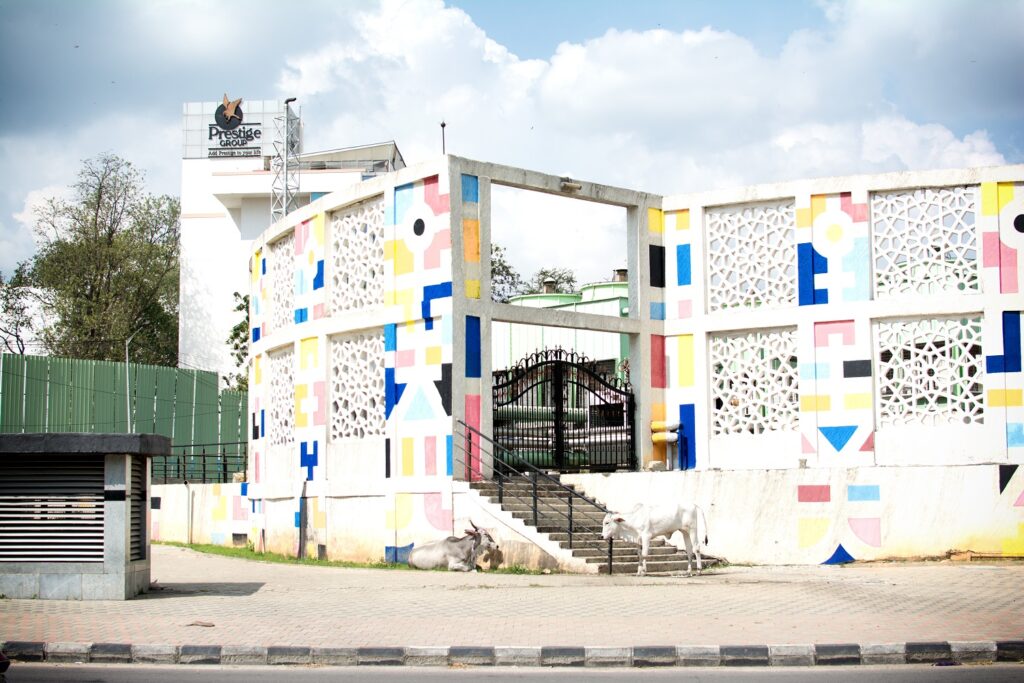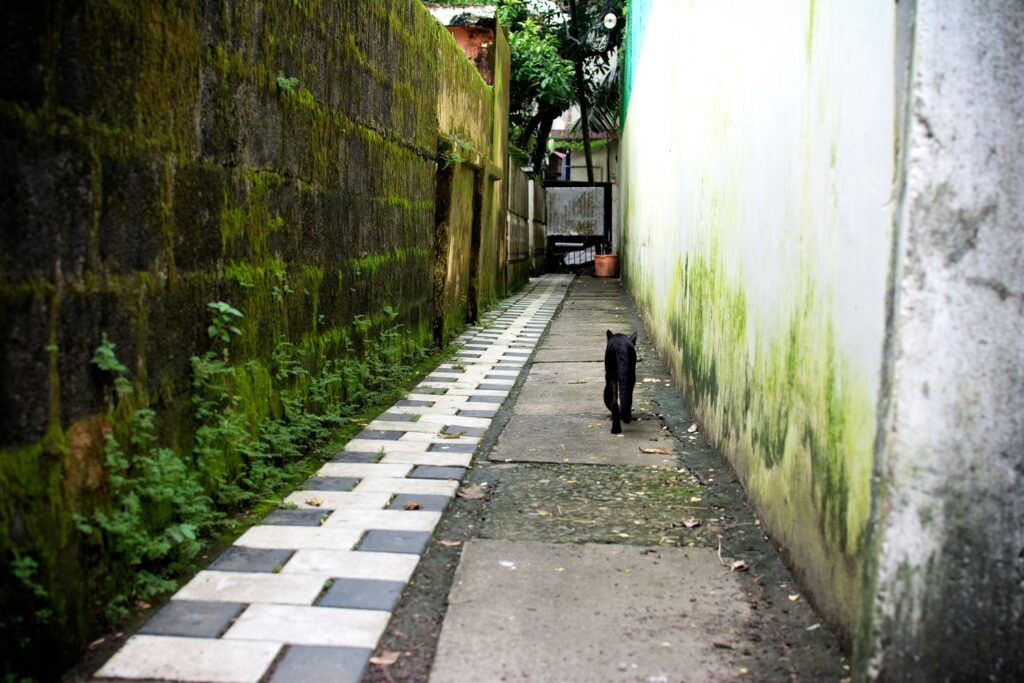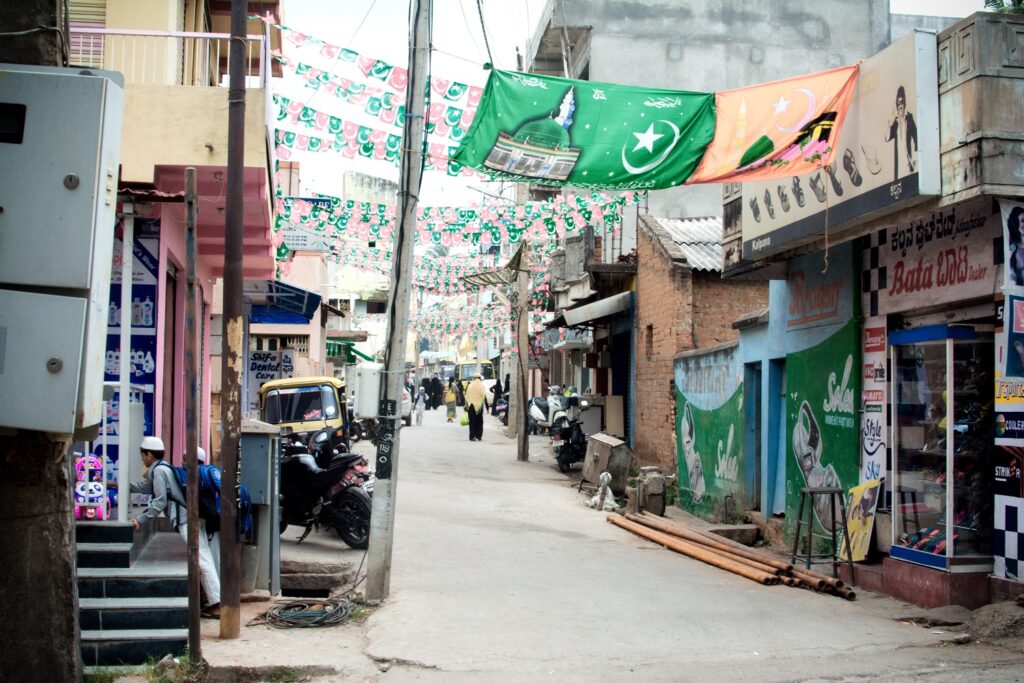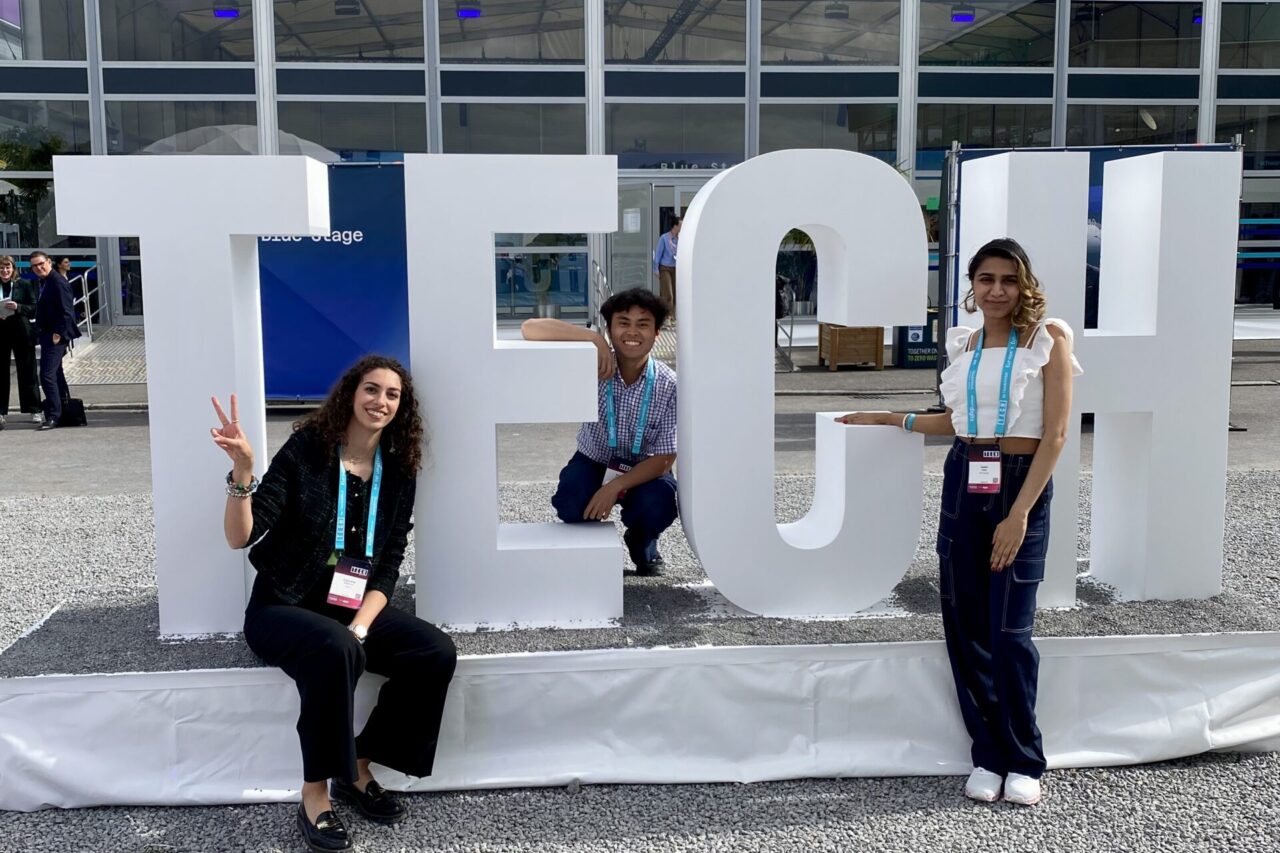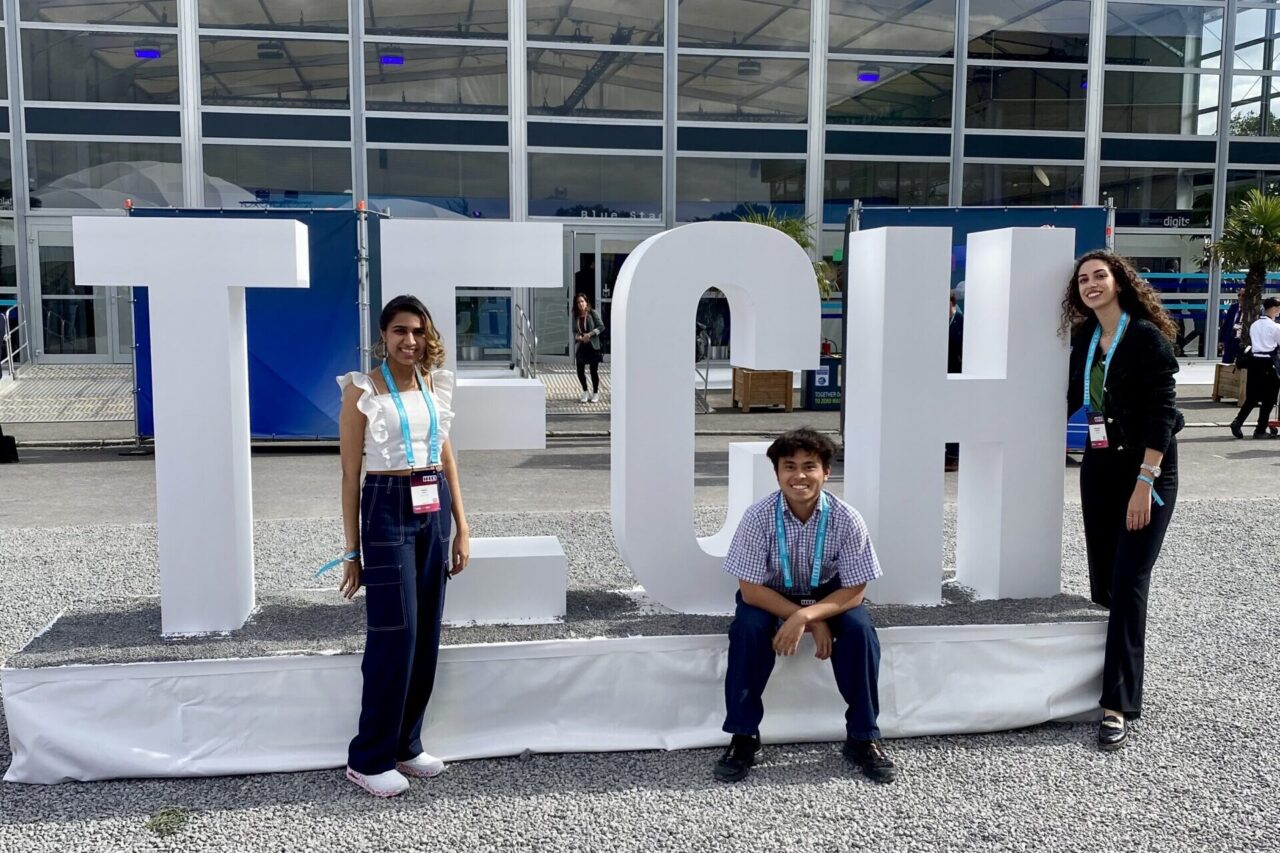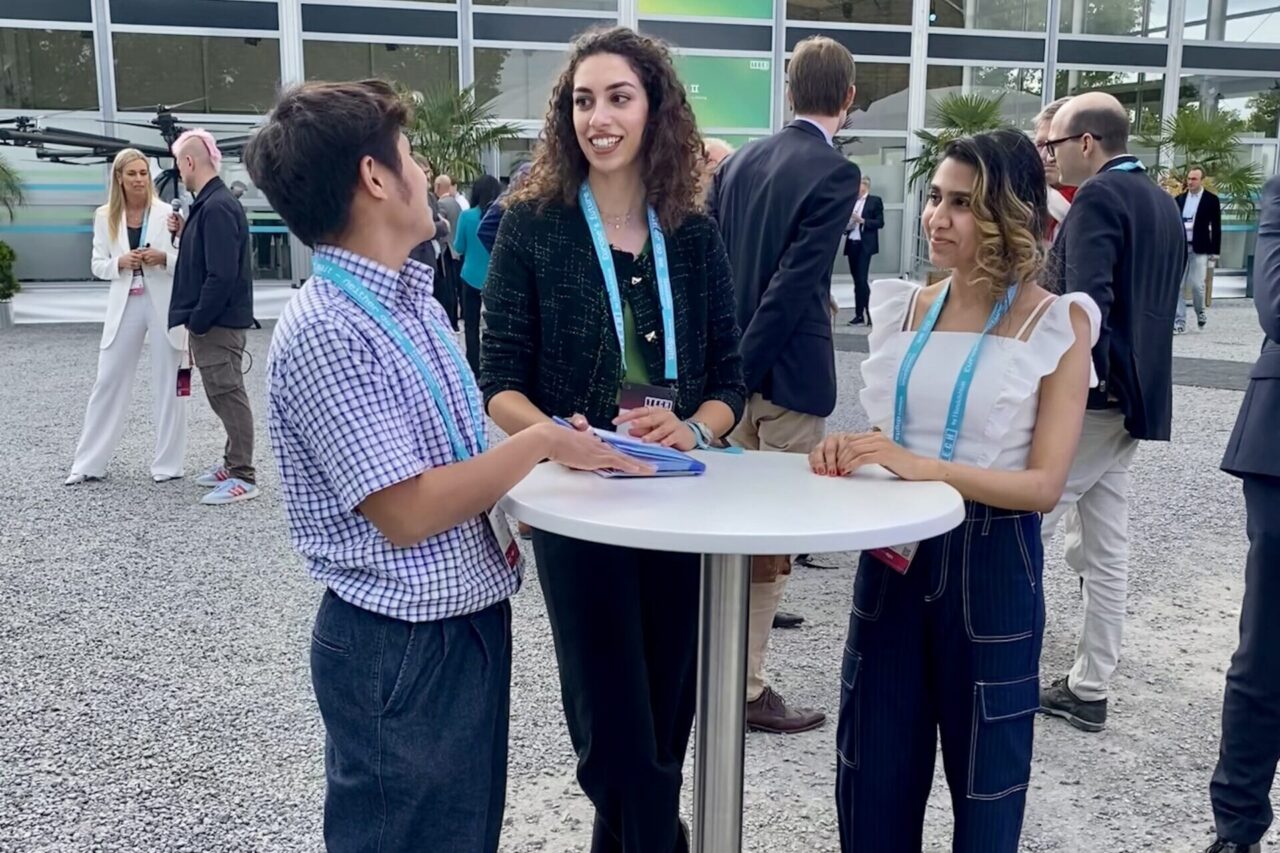“You will have a culture shock when arriving in India,” warned my friends and colleagues. “Be prepared for all the stomach problems…you can never have enough bottles of mosquito spray with you.”
A journey to a different culture
by Tobias Elmiger, 26 March 2020

Bangalore traffic at a cross road (photo credit: Tobias Elmiger/ETH Zurich)
We are different, yet the same
The first thing I noticed upon arriving in India, is that they drive on the left side, like in England. As time passed, I realized many more culturally known rituals, like the furnishings, which were built as British imitations or the style of drinking tea, adding a little milk to it. However, contrary to European traditions, the amount of sugar inside was unusually high. Also, in many places only one kind of coffee or tea could be bought. I also think of India as the center for Hinduism and Buddhism, so I was surprised to learn of the prevalence of Christian schools.
To me, the people in Bangalore were vivid - colorful, but well dressed, people are walking through the streets in checked button shirts. It is more than just how they dress, the people in India seemed interested, open, and peaceful. Emotions such as anger or aggressive behaviors, common in Europe, are rarely displayed in India. A quote of an Indian friend’s first impression of Switzerland illustrates the differences well, “In India you will know all the neighbors after the first day, in Switzerland, neighbors hardly speak to you at all.”
To get a deeper insight of India, I used websites like meetup and joined travel groups. Most trips included some type of waterfall experience. Learning that most of the dangerous animals had been exterminated in areas close to humans, shocked me, similar behavior has also been known to occur in Europe as well. For example, how many native wolves and bears do we have in the Swiss mountains?

Indian house with hanging laundry (photo credit: Tobias Elmiger/ETH Zurich)
Working holiday
What is the working life like in India? Bangalore has a very mild climate. It is between 16 to 34 C (60 – 93 F) degrees throughout the whole year. My colleagues and I spent a lot of time in the office, sometimes even on Saturdays as well. It was mostly our own choice to work outside the regular hours of labour. To me, the engineering and programming seemed much more like an exciting holiday project and a higher workload appealed to my personal interests. Finally I realised what I had learned during my studies at ETH Zurich so far: Designing a CAD prototype, producing it and do the programming to actually make it work. It is fulfilling to realise a visible end product called ceiling beings, which are pendulum shaped beings with a programmed behaviour coming out of a black box. I loved the challenge to create an idea in your head, either codewise or by using mechanical design.

Picture of three ceiling beings at WEF (photo credit: Tobias Elmiger/ETH Zurich)
Manufacturing costs for milling or bending is very cheap in India making it relatively easy to produce a new prototype. On the “flip” side of the coin, were unreliable tolerances. Some manufacturers do not take engineering tolerances as seriously as I would have liked and my first experience might end in an unexpected direction as a result.
Adapting to street food
My team and I had some stomach problems - off and on during the time we spent in India. After a month, we were able to eat nearly everything from the street with a healthy amount of caution. Despite of various amount of cut fruits, roasted corn and drinks like coconuts and pressed sugar cane were very common as well.
Surprisingly, very few insects crossed my path in Bangalore. Even in my trips outside of the city, I rarely had to use the mosquito spray. A western mosquito cream or spray is still advisable, however, since the local ones I used seemed to be less effective than the ones I use at home.
In January 2020 I had the opportunity to show the ceiling beings at the ETH Pavillon at the WEF annual meeting in Davos. During my internship for Pors & Rao, I learned a lot, culture- and workwise. Søren Simonsen & Aparna Rao are an well known artists who develop moving artworks that have a programmed behaviour and a mechanical design. They have a collaboration with Wyss Center called PATHOS and a connection with different labs of ETH Zurich.
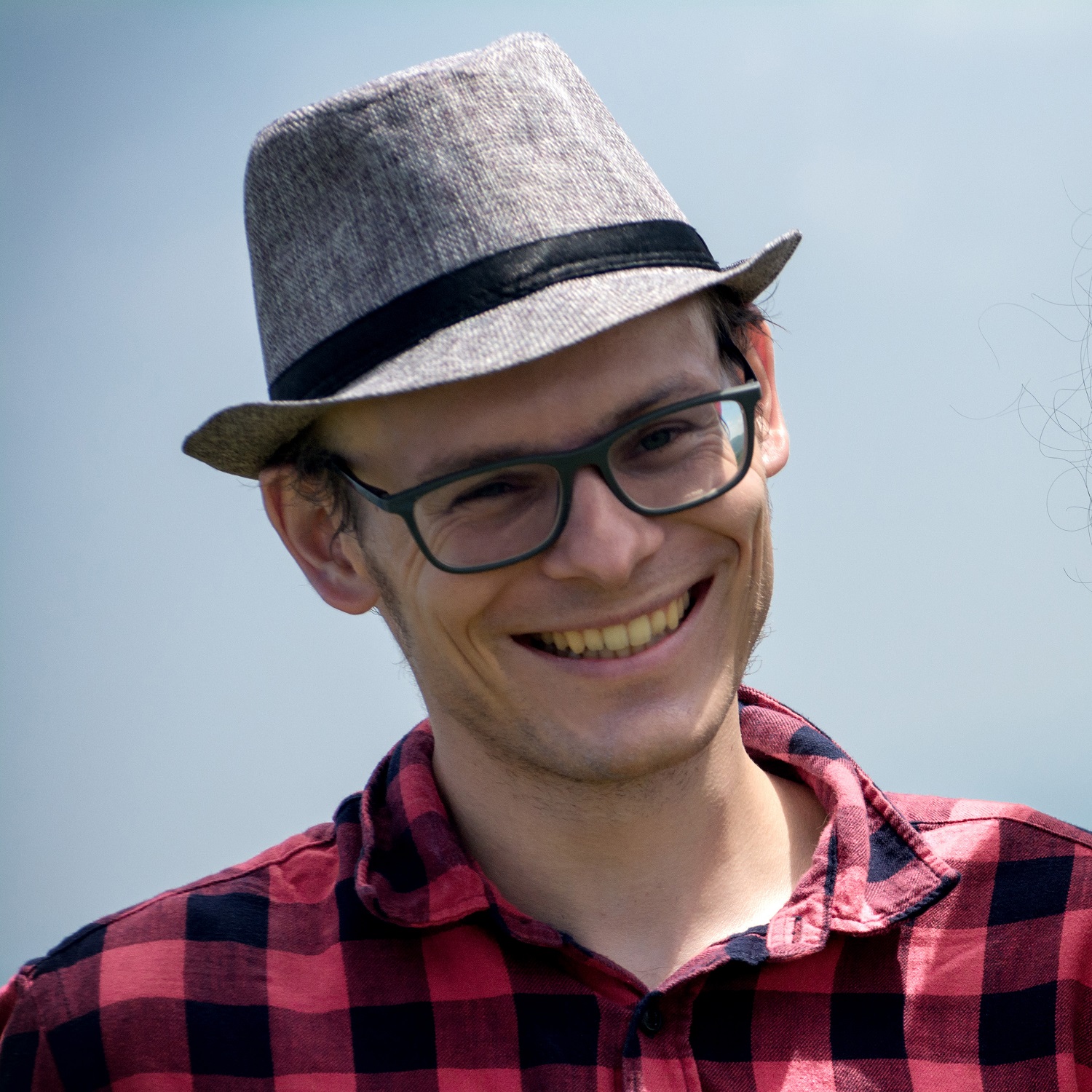
About the author
Tobias Elmiger is a mechanical engineering student at ETH Zurich who is currently working on his Master’s degree. He recently worked in India as an intern with Pors and Rao developing the behaviour of previously mentioned ceiling beings and the mechanical design of a xy-mechanism. In the past, he has always been interested in arts, created some paintings and played music. His background is rather uncommon for an ETH student, coming from a school similar to a commercial apprenticeship. Currently, he is working on his thesis for the RSL, developing new sustainable methods for 3D printing in the construction sector.




